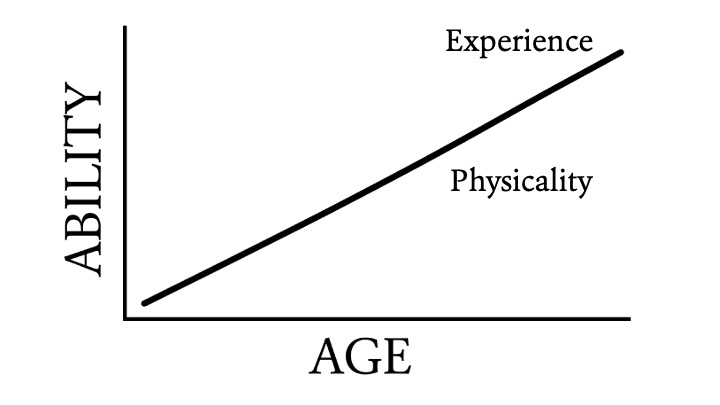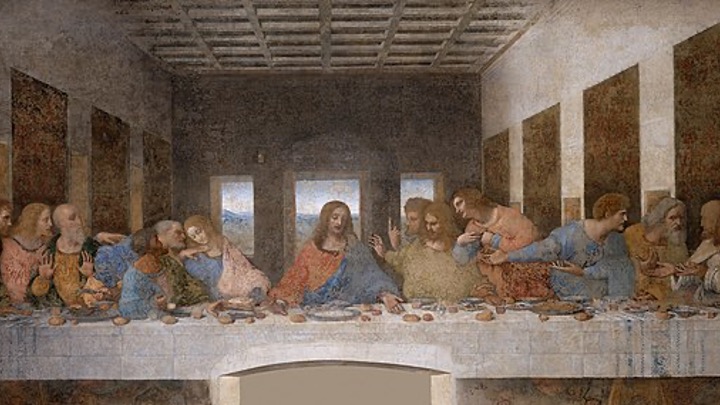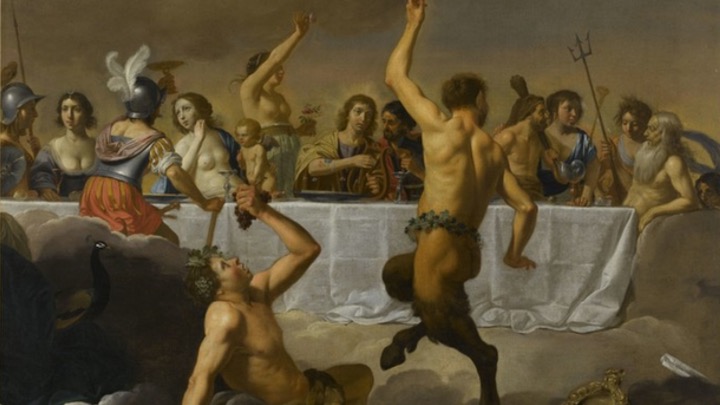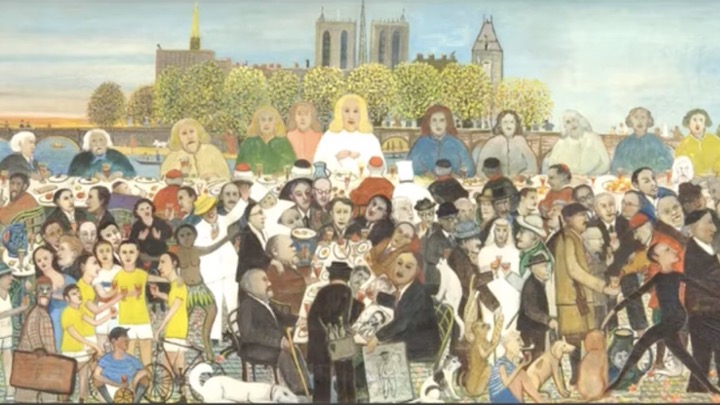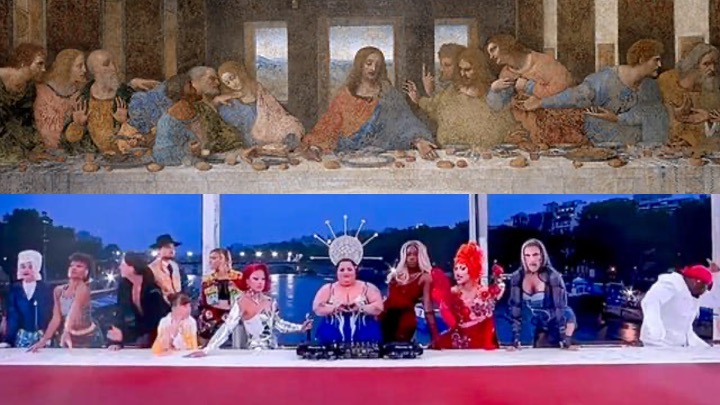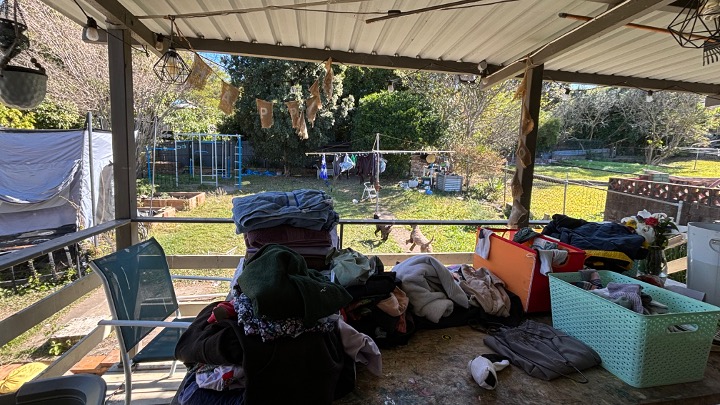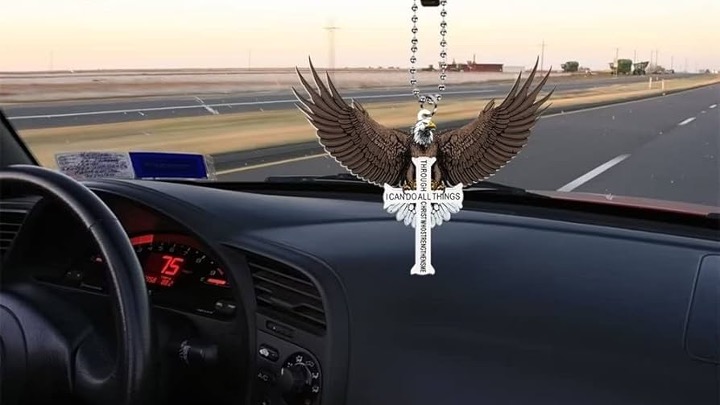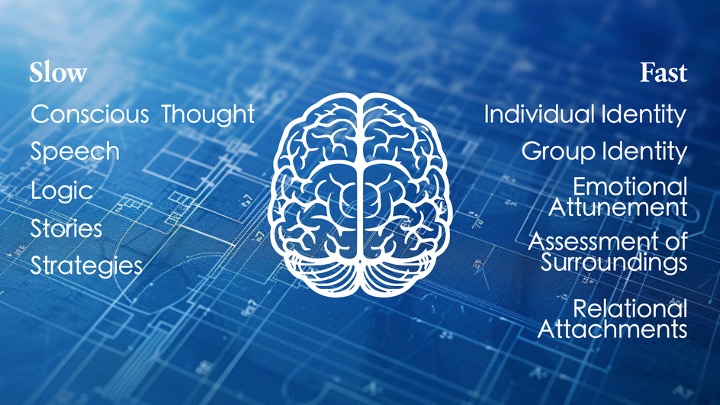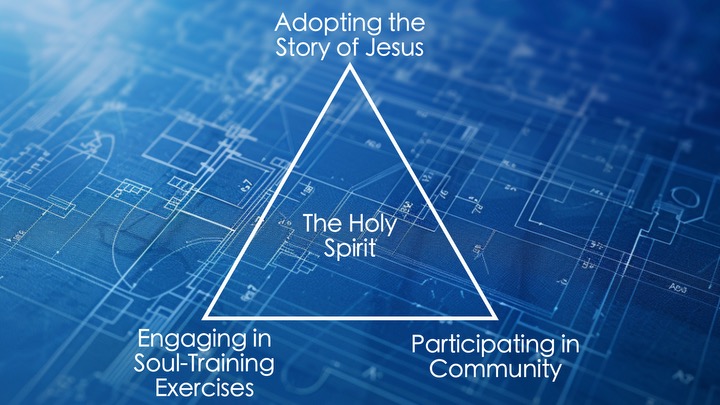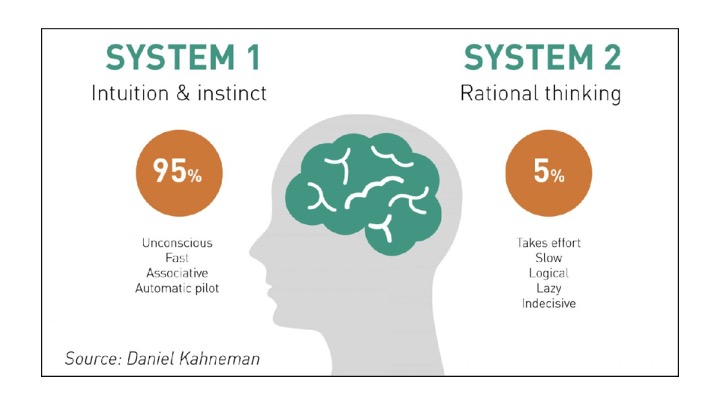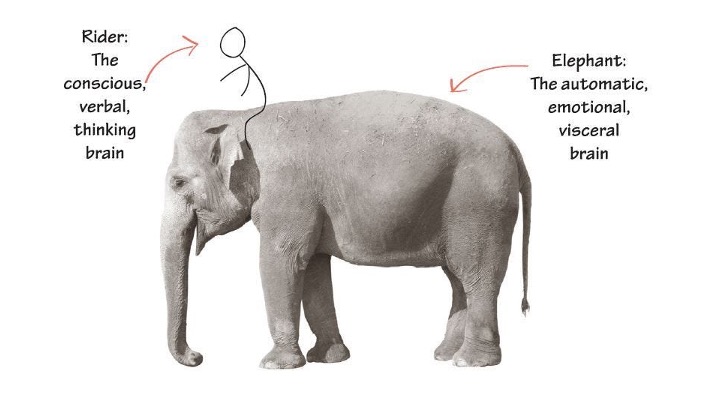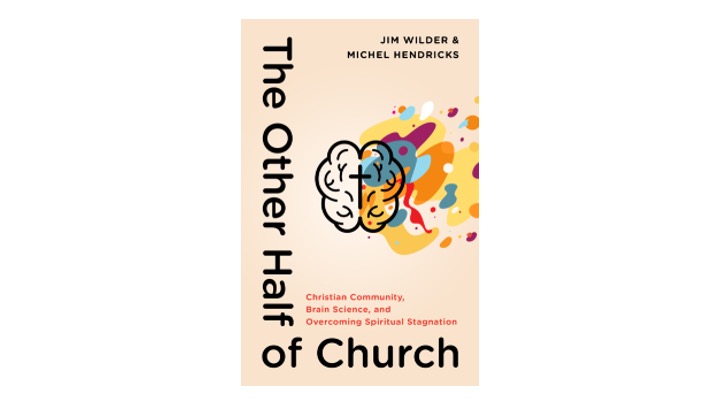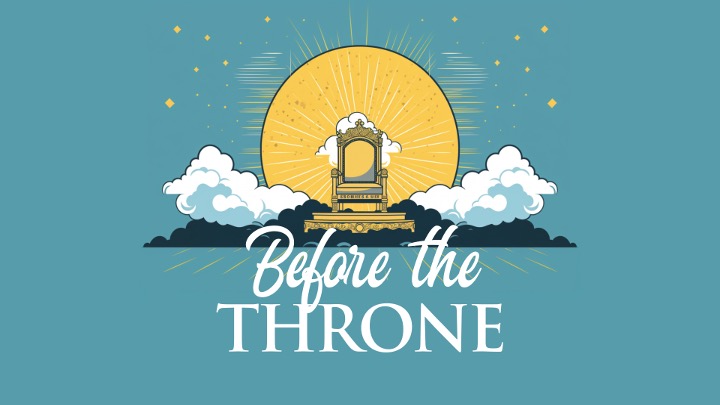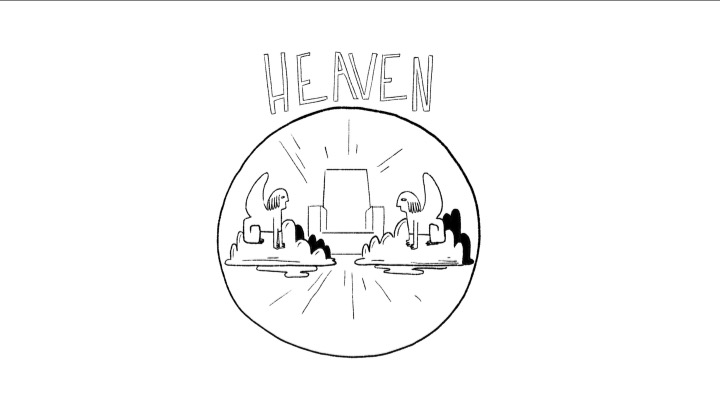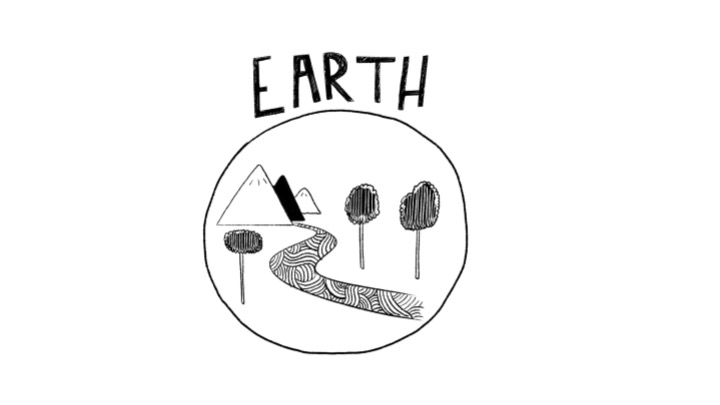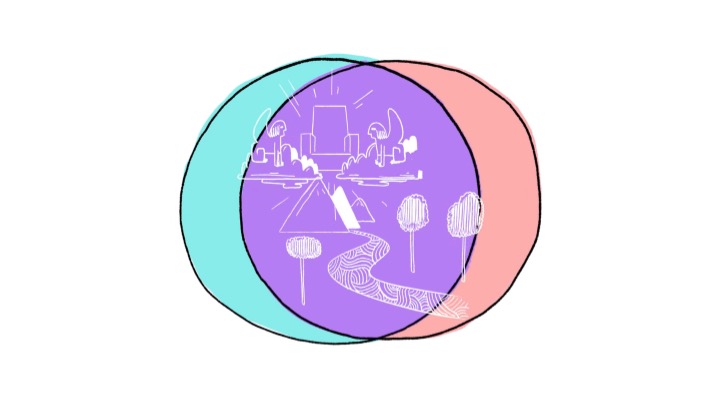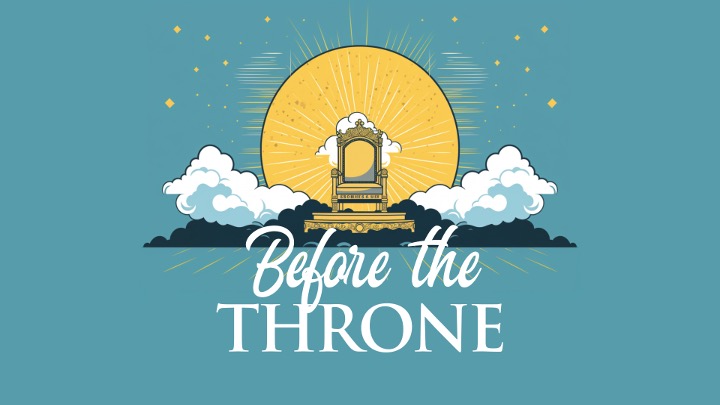I haven’t put together a year end list of things I’ve loved for a few years. But here goes. Here are 25 artefacts, experiences, books, podcasts, communities, or pieces of culture that have shaped this year for me. They didn’t all come out this year — some are old(ish) but new discoveries for me; they’re not in any particular order.
- 60 Songs that Explain the 90s: the 2000s (Podcast)
A few years ago my friend Izaac recommended 60 Songs that Explain the 90s — a podcast hosted by music critic Rob Harvilla. It’s hard to explain 60 Songs, and maybe harder to get people excited by it by describing it as a ‘rambling and meandering essay-podcast explaining things through the lens of a chosen song filled with tangents that are somehow tied together into a coherent whole.’ My favourite episode from the 90s (before Rob moved on to the 2000s) is the Nirvana episode, but, if you want to dip your toe in, pick any song you enjoy and be prepared to let the slow burn get you.
This year’s venture into the 2000s has featured more hip hop than I’d like, probably, but is still appointment listening for me. Each episode ends with an interview, and Rob interviewing fellow Ringer Podcast network host Yasi Salek, there’s a beautiful chemistry, that leads me to number 2 on the list… - Bandsplain (Podcast)
Where 60 Songs picks a song to explain not only a band’s oeuvre, but a heap of surrounding contextual colour, Bandsplain offers catalogue-spanning deep dives into a variety of artists. Yasi’s coverage of Oasis (with Rob Harvilla) spanned six hours over two episodes.
Yasi occasionally does ‘one perfect song’ episodes as filler, which, led me to the next item on the list after she interviewed Cole Cuchna about Radiohead’s Let Down. This is up there for ‘podcast episode of the year’ for me. - Dissect — In Rainbows season (Podcast)
Cole Cuchna, it turns out, ran a whole season of his podcast Dissect analysing the Radiohead album In Rainbows. His lyrical analysis is flat and literal, and I’m not sure adds much to the experience of the album — but — his analysis of the musicality and Radiohead-esque weirdness and magic at play in In Rainbows threw that album to the top of my list of Radiohead releases, and the episode on Reckoner is, hands down, the most incredible episode of any podcast ever. - Listening to In Rainbows on vinyl on my friend’s incredible speakers
I put a few IRL friends onto Dissect, which prompted the daddest of all dad experiences — hanging out with a bunch of middle aged blokes (like me) listening to In Rainbows, in the dark, on an excellent sound system with good company. One of my favourite things this year and the culmination of those podcasty threads. - Leviticus on the Butcher’s Block, Phil Bray (Book)
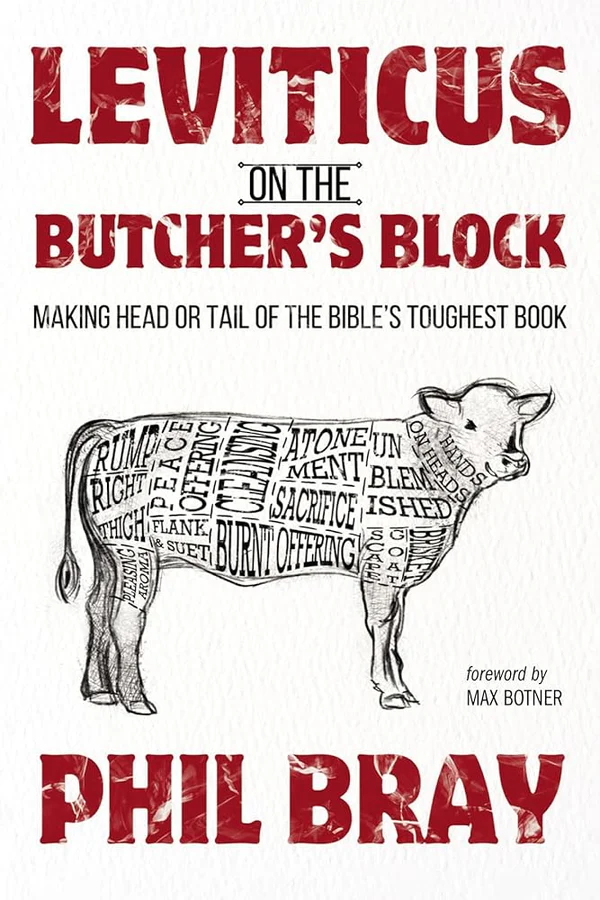
When I first started out in full time church ministry, the preaching philosophy of our church was to preach the Gospel every week, from every part of the Bible (still a fan of this), but one of the ways we articulated our ‘difference’ from other churches was that ‘we’d never do a 10 week series on Leviticus’. There’s much I have repented of in terms of things said as part of that machine — not least of which is to treat Leviticus this way. This year I spent 10 weeks preaching through Leviticus and it was paradigm shifting and challenging in a host of great ways, and this book from Aussie butcher and Leviticus lover, Phil Bray, was a meaty companion for the journey and an accessible read for anyone else who grabbed hold of the idea that Leviticus Is Fun. - Who Shall Ascend the Mountain of the Lord, Michael Morales (Book)
This was a headier and heavier read — Michael Morales book on Exodus is one of my all time favourite books, so I was keen to dig in to his work on Leviticus in the New Studies in Biblical Theology series and it did not disappoint.
If you want to see (or hear) how this played out in sermon form, the first video from the sermon series is here, and the first podcast sermony thing is here (there are some visuals that probably make the video more worthwhile). - Against the Machine, Paul Kingsnorth (Book)
The best ‘not yet a sermon’ thing I read this year was Paul Kingsnorth’s latest book. I’ve been a Kingsnorth fan for a bit, even if at times he leans into conspiratorial ‘crazy uncle at Christmas’ territory (I had a weird email exchange with him about vaccines through Covid). I think he occupies the kind of prophetic posture like a desert father or Old Testament prophet that allows him the space to see and critique the things about our technological age that he sees and critiques. I’ll have a series of articles spinning off the book early in 2026, because I think his critique of the ‘machine’ extends to churches built by and for a machine culture. Sometimes the crazy uncle is right and seeing things we’re missing.
Kingsnorth’s essay Against Christian Civilisation from the end of 2024 was also provocative and good (and shorter than a book). - 1 Corinthians — Michael Gorman (Book)
Michael Gorman’s emphasis on union with Christ producing cross-shaped (cruciform) participation in the life of Jesus has probably been the most influential theological idea in my life and ministry. His book Cruciformity (part of a trilogy) unpacking his reading of Paul is still my most recommended Christian book, and I was super thrilled — when preaching through 1 and 2 Corinthians — that this commentary was released (I’d used his Romans commentary a couple’ve years ago and loved it too). - Winning a Grand Final in your 40s
I’ve been playing football with the same bunch of blokes for about 6 years. We aged out of church league Saturday competitions a few years back and into the over 35s Friday night comp. This year we triumphed in the Grand Final after a great season, playing on a spectacular ground. I had suffered some nasty torn rib cartilage or a break a month and a half before the game, but managed to return for the finals. I love the bunch of blokes I play with; who even came to the late night, post-game rescue after our car broke down on the highway en route to a family holiday (complete with trailer and dogs in tow). I decided this isn’t going to be my last year because winning was so much fun, so am now trying to shed some excess KGs in the off season. - Hard Fork (Podcast)
The fast paced world of tech — especially AI — is hard to keep track of even for those who are avid followers of developments. I enjoy the NY Times pod Hard Fork as a way to keep tabs and find rabbit holes to dig down. It’s a weekly listen for me. - The Varia VS3 Coffee Grinder (toy)
I’ve been rocking the same grinder for about 17 years — a Macap M4 Deli grinder that was big, heavy, noisy and slow — this upgrade has been a long time coming and it feels like when you first open up an Apple product or drive a car with inbuilt bluetooth and/or USB ports. It’s got magnets, it’s whisper quiet — and the difference in the cup is noticeable (still slowish). - ChatGPT (tech)
I’m part convinced by Paul Kingsnorth’s view that our technology and obsession with technique is basically dabbling with powers and principalities (I gave a talk for ISCAST last year on AI that made a similar argument — that we should see it having similar Babylonian properties as Molloch and Marduk).
But I also enjoy using ChatGPT as a super-smart stochastic parrot autocomplete. I’ve found it helpful in Hebrew translation, digging up ancient Greek and Latin sources (that I could vaguely remember and verify independently) for my sermons, and finding published authors who share my crazy (maybe) ideas about Leviticus and the serpentyness of unclean food. I’ve enjoyed sharing my usage (transcripts via a link) with my church family so they can see how unhinged it becomes and how quickly, in any given week, I’m asking about leviathan and serpent scales and being treated like a genius by my sycophantic virtual companion…
I’ve tried using it to shorten my sermons (never to write them). Editing is the most painstaking part of my job — but it just cuts out the fun human stuff, so I’ve mostly given up that because trying to prompt it to produce a workable outcome takes almost as much work as killing my darlings myself.
My most common use this year, though, was converting my sermon scripts from randomly CAPITALISED and oddly contracted’n punctuated text in Powerpoint notes into a bloggable format.
ChatGPT has also been my companion in weight loss meal planning; and, while some of the recipe suggestions have been tasteless, I’ve actually found it pretty helpful.
It’s also been helpful for some design work — I struggle with colour palettes (as a colour blind person), and it’s helped me with some colour stuff for various church design projects. - Midjourney (tech)
ChatGPT’s image generation stuff still sucks (in my opinion — but I’m probably not using it right). I still feel like Midjourney is kinda magical, whether that’s designing cartoon T-shirts with my kids for our drop shipping business Solid Rock Shirts, or wall art of classic paintings with teethy grins (like the Mona Lisa), black and white photography portraits of animals doing weird anthropomorphic stuff, or generic sermon graphics, Midjourney is still a fun toy. I also played around with AI music generation using Riffusion this year, turning wrestling theme songs into ephemeral folk music, but it’s now been bought out.
None of what I’ve made is good art. All of what I make is an attempt to get my head around the tech and use it with a sense of irony. I find the AI slop generation thing creates soulless echoes of human creativity quite fascinating to think through and talk about — everything truly is a remix, but I’d actually rather humans be very involved in the making of my art. - Hiker Brewing (beer and location)
Hiker is great. It’s co-owned by a friend, so I’m probably very biased — and — because it is owned by a friend and I’m biased, it’s basically the only beer I drink these days. Luckily it’s very very good beer. When I was enjoying a can of their re-released Hazy IPA, Cloudscapes (it’s put out seasonally), I messaged brewer Dan to tell him I think he’s put heaven in a can. I stand by that review. I’m including them in this year end list with the breaking(ish) news that you can now order their beer online. And you should. - Five Senses Coffee (coffee beans)
A few years ago I was writing for Soul Tread magazine, and got to interview Dean from Five Senses about the incredible story of his business. It’s an incredible story of Christian generosity and mission, that maybe one day I’ll republish here. Five Senses roast delicious coffee and I enjoy drinking it. You should grab some from their site. - NES Classic (toy)
As a kid, I loved the Legend of Zelda on the NES. But. I confess. I never completed the game — a combination of ‘the Internet didn’t exist yet to explain various locations’ and ‘I probably didn’t have the ability to be cautious enough’ meant I had not completed the Triforce.
Well. Friends. I stand (or sit) before you this year having conquered my personal Everest, thanks to a purchase of a NES Classic — mostly to introduce my kids to the games I played as a kid (and, well, to finish Zelda). - Darling Fresh Smoke Haus (food)
Pretty much every week our family makes the trek over to the Rocklea Markets on a Saturday morning. It’s one of our rituals. Every fortnight it’s a ‘meat man meat’ week. I have a smoker and have dabbled in smoking meat, but nothing I do comes close to the quality Jeff cooks up and sells vacuum sealed and ready to go. His meat is available in various butchers and meat shops around Brisbane and his rubs and sauces are great. - City South Presbyterian Church (Our Church)
On the Sunday before Christmas our church ticked off another weird anniversary — for the last six years we’ve called a local Church of Christ building home — and for the last five years we’ve been gathering as one congregation, in a service we Presbyterians provide in a building owned and operated by a Church of Christ congregation who join us. It’s a fun arrangement that, for the first few years, felt unstable and weird — you had to explain it to visitors and newbies and it was a turn off — now it feels normal and good and sustainable in a way that has a certain appeal to people looking for a church that can tolerate ambiguity and hold unity around a centre.
My best articulation of what we try to do is one I borrowed from my friend Dave Benson — churches can provide space for sheep by building fences and policing the boundaries, or by digging wells and inviting sheep to drink; we’re leaning into the latter and I love it. My church family also tolerate my inordinate love for preaching about the weird bits of the Bible. This community has been a rich blessing to me this year.
- The Bear (TV)
I know season 4 disappointed some people — but — I still love The Bear. I was glad to see the episode Forks from season 2 rank so high on The Ringer’s 100 best TV episodes of the century. - The Last Kingdom (TV)
This was a rewatch for me — in full — because as a fan of the Bernard Cornwell novel series that the show is based on, I binged each season the day they came out. I’d assumed Robyn wouldn’t be interested in the blood and gore; but the English history lesson hooked her and we rewatched the whole thing. Destiny is all. - Daredevil: Born Again (TV)
The original Netflix run of Daredevil is my favourite television show of all time. I wrote thousands of words about Daredevil as a type of Christ in the archives here. This new season was now chronologically removed enough from that first run that it scored nostalgia points. I didn’t hate it. I may even have loved it; not as much as round one, but it was a good start. - Taskmaster UK (TV)
It’s sad I had to specify “UK” here because of the abomination that is the Australian version — but — we enjoyed watching Taskmaster with the kids (we don’t explain any rude bits, and there aren’t that many). We’re also mostly rewatching series we’ve already completed with comedians we love (Bob Mortimer, James Acaster and Sam Campbell). - Vine Building Group and Flourish Architecture (businesses)
By far the biggest change in our family’s life this year was a pretty large scale renovation of our home. The concept came from Robyn’s very clever spatial brain, and was drawn up by friends at Flourish Architecture and built by new friends at Vine Building Group. We’re very happy with the result, even if we’re still putting the finishing touches on moving back in six months later - Custom built library shelving with a ladder
My friend Naman doesn’t have a website setup for his cabinetry side-hustle yet, but when he does… Naman designed and built floor to ceiling bookshelves in our upstairs library space. The shelves are art, and feature a library ladder on a rail from Ram Hardware. It’s lovely to not need to go downstairs to find a book, but to climb a ladder instead. Would recommend. - Slow Horses season 5 (TV)
This show has not had a bad season. Slough House forever.





